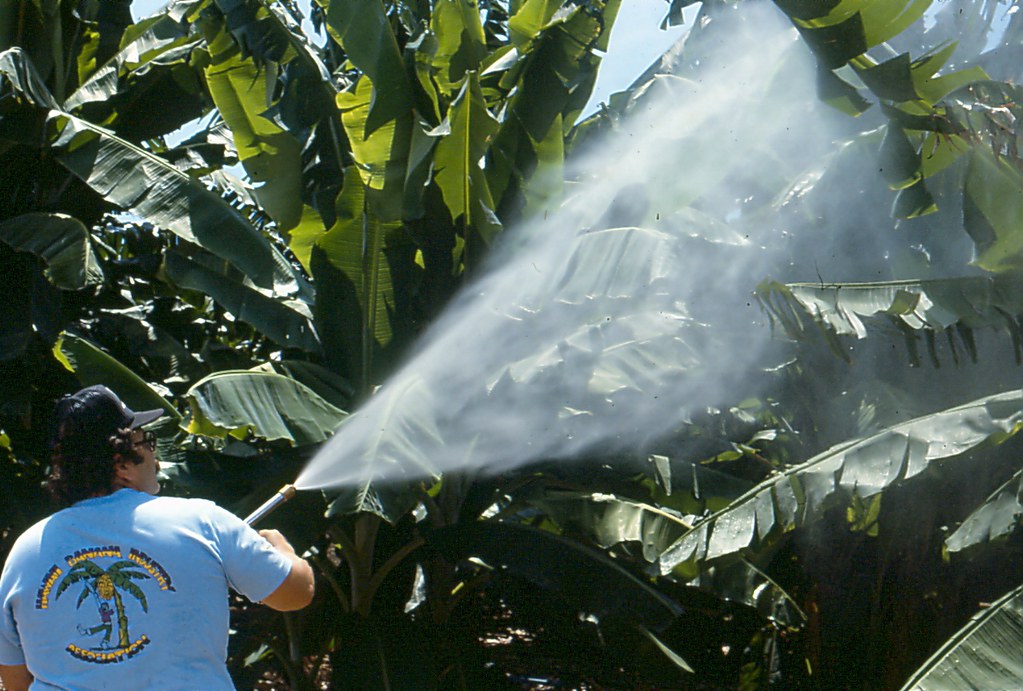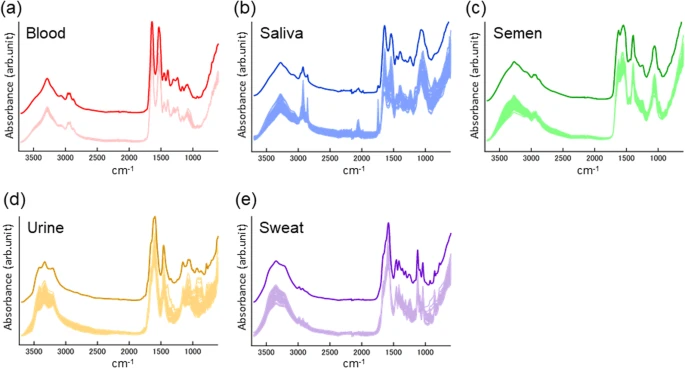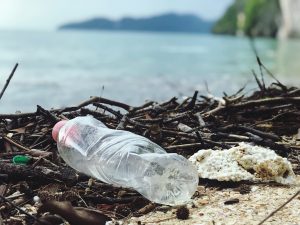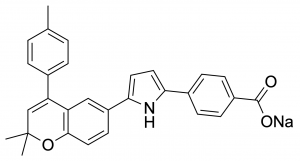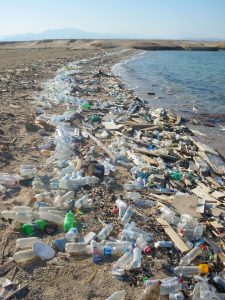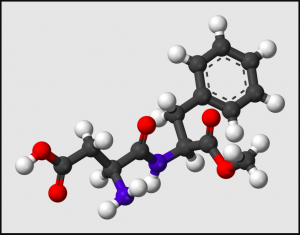Ice cream lovers, get ready to indulge in a whole new level of creamy goodness! The secret ingredient? Nanocrystals.
These tiny particles, smaller than the width of a human hair, have the potential to revolutionize the world of vegan ice cream. Typically less than 100 nanometers in size, they can be made from a variety of materials, including cellulose, starch, and lipids. And here’s the exciting part: they can make vegan ice cream creamier than ever before!

Figure 1. Vegan vanilla ice cream. Source.
Traditionally, guar gum and locust bean gum (LBG) are the most commonly used stabilizers in ice creams. Recent research, however, suggests that cellulose nanocrystals (CNCs) may provide a more effective alternative. CNCs play an important role in improving the texture of plant-based ice cream by preventing ice crystal formation. This is due to nanocrystals’ unique properties which prevent them from growing larger. This results in a smooth and creamy texture comparable to traditional ice cream that consumers with dietary restrictions can enjoy.
But how do nanocrystals work their magic? The answer lies in the physics of freezing. When the water molecules in ice cream freeze, they can form large ice crystals. These large crystals, with diameters larger than 50 μm, impart a grainy texture to ice cream and can make it less creamy. Nanocrystals, on the other hand, can prevent this by enclosing the ice crystals in a protective shell, slowing their growth and keeping them small.
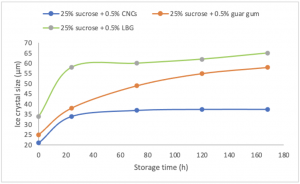
Figure 2. Ice growth kinetics of 0.5% CNCs, guar gum, and LBG in 25% sucrose solutions. Adapted from source.
Figure 2 shows that CNCs at 0.5% concentration can completely stop ice crystal growth after 72 hours. This is a significant finding because the same concentrations of guar gum and LBG had different effects. In the presence of CNCs, the final ice crystal size was approximately 37 μm, which was smaller than the final crystal size in the presence of guar gum and LBG. These findings show that CNCs can be a more effective stabilizer than traditional ones, as they can prevent ice crystal growth and result in smaller ice crystal sizes.
Smaller ice crystals can improve the creaminess, smoothness, and mouthfeel of ice cream.
It’s amazing how such small particles can have such a big impact on the quality of plant-based ice cream. Take a moment to appreciate the incredible chemistry happening in your bowl the next time you enjoy a scoop of your favourite non-dairy treat.
~ Vivian Hou




